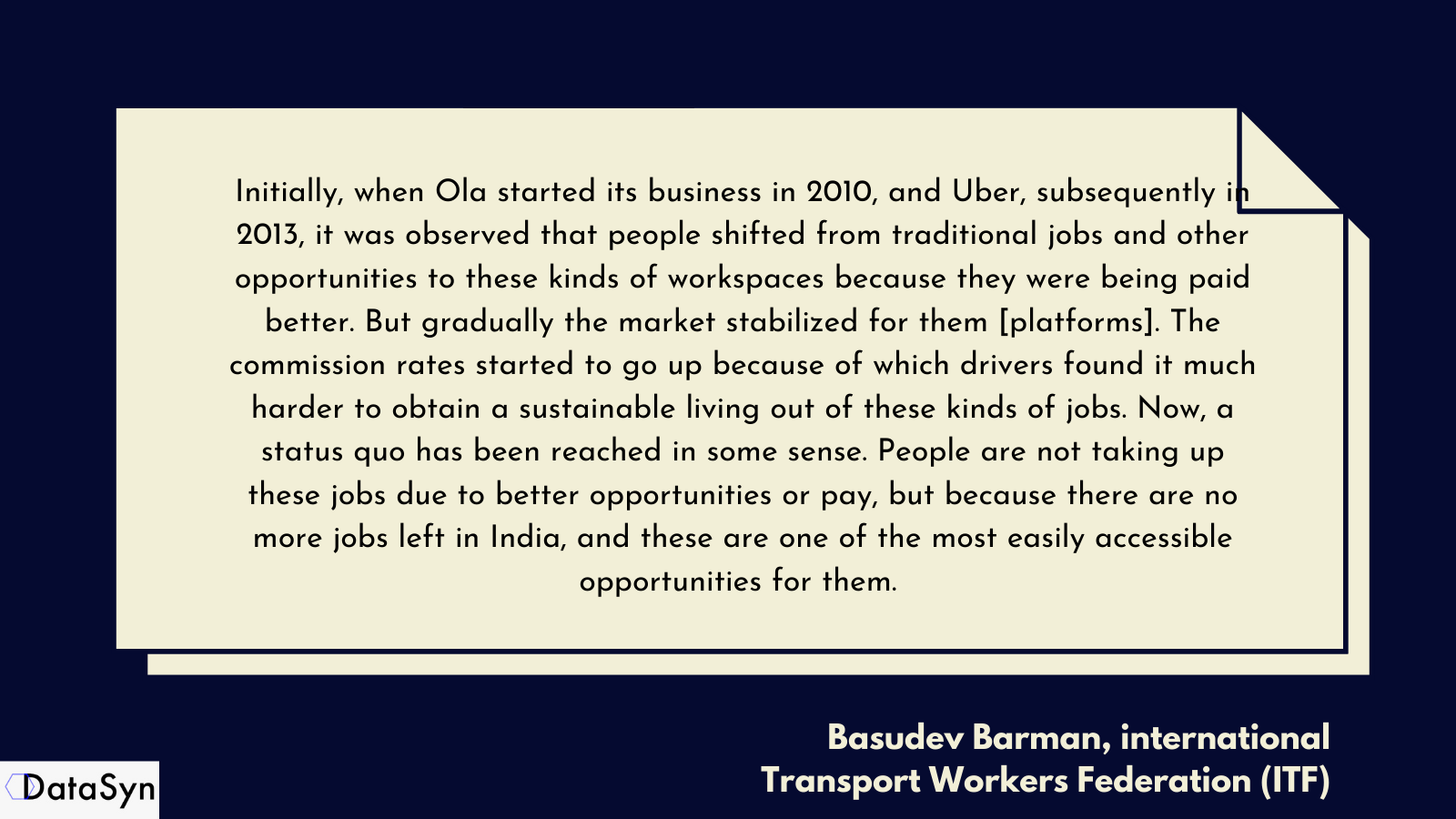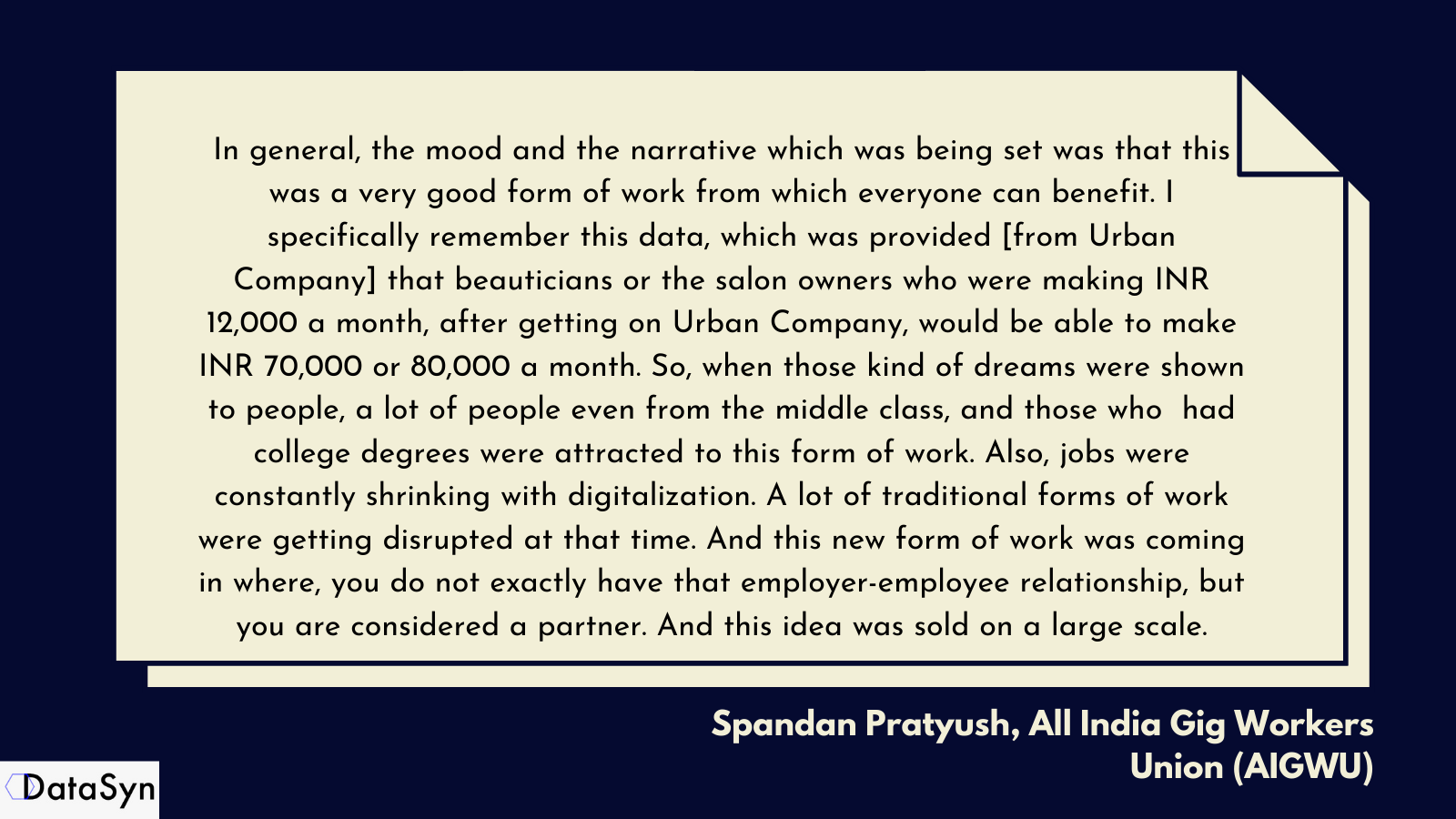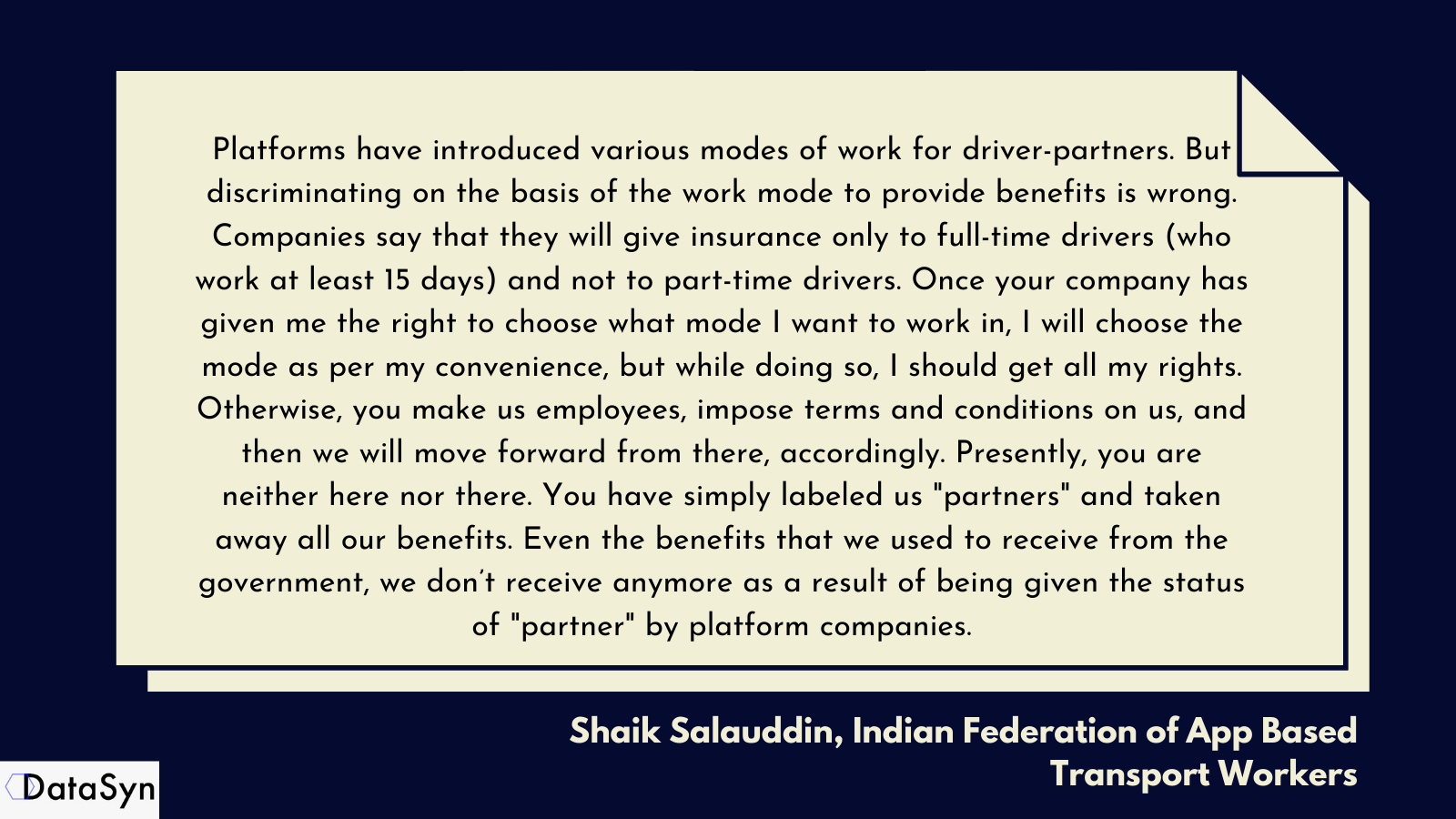The Congress decides to organise a great international demonstration, so that in all countries and in all cities on one appointed day the toiling masses shall demand of the state authorities the legal reduction of the working day to eight hours, as well as the carrying out of other decisions of the Paris Congress.
Resolution of the Paris Congress, 1889
Over a century has passed since the Second International at Paris launched a call to commemorate workers’ unity and organization based around one global day of celebration. At the time, such a day of celebration was already common in Australia and North America as a protest against lack of state control over working hours. But the representatives of the Second International ushered in the idea of tying a common day of demonstrations with a global workers’ agenda. They reasoned that such a day could become a focal point for issues that were critical and common to all workers, such as what at that time was the seminal labor rights issue – the standardization of the workday.
Since then, May Day has emerged in worker consciousness not just as a marker of the rich history of workers’ struggles, but also as a living conduit to express the aspirations, visions, and strategy of the global working class. Its most significant victory, the eight-hour workday, today remains the benchmark for what is a reasonable period of effort for any human work.
In some industries, such as the German metal working industry, this norm has been built on to cap weekly working hours at 28. In other sectors, workers have used the standard workday as a normative ideal to agitate against long and unremunerated work hours, such as gig workers advocating for waiting time between gigs to be counted as working time, or demonstrations (such as the 9-9-6 campaign in China) against punishingly long workdays in the IT industry.
In 2020, two months into the pandemic, at Bot Populi we brought out a special series on labor for International Workers’ Day. The interviews and essays from this series, titled ‘MayDay’, captured a moment of deep crisis for labor in the digital economy as Covid-19 visibilized and brought to the surface long-standing, systemic issues. The rise of precarity, collapse of the social security net, and abject lack of legal rights and protections for gig workers who continued to labor under hazardous conditions – the reality of laboring bodies alienated in the interfaces of the all-convenient app on the phone – was explored in relation to the unprecedented social emergency of the pandemic.
Urgent and necessary conversations have since transpired, providing a much-needed fillip for local-to-global action. The need for scrutiny of Big Tech controlling vast terrains of the platform economy, is now increasingly articulated by regulators and courts. Workers have led the way – petitioning the courts, organizing flash strikes, and building broad-based membership. They have challenged the aura of the gig, painstakingly orchestrated by platform capitalism to hide the brutal conditions of work. Decisive victories for labor have emerged from these initiatives – notably the recent vote for unionization at Amazon’s New York warehouse, court rulings against Uber in the UK and Netherlands that have recognized data rights of workers and ended employee misclassification, and a wave of new legislation that has tightened regulations around gig work in countries like Spain and China. In India, efforts to extend social protections to gig workers have been made through the Code on Social Security. Workers are also capitalizing on technological affordances to experiment with alternative models for making the platform model work in their favor. An example of this is CoopCycle, a worker-led bike delivery cooperative federation.
However, the road to structural reform remains long and is plagued with obstacles. The digital economy continues to be marked by deep power asymmetries between capital and labor. Work precarization, and opaque, inscrutable algorithmic regimes of management chip away at decent work conditions. Automation poses wicked conundrums for economic policy in the North and South alike.
This year, once again on the eve of International Workers’ Day, we assess the success and challenges for labor in the digital epoch. This essay synthesizes and complements conversations and perspectives gathered from activists, experts, and scholars for an upcoming special podcast series from Bot Populi.
How Platforms Promised and Failed to Revolutionize Work and Value
Platform-mediated work emerged as a novel business model out of the sharing economy or the peer-to-peer economy, a thought paradigm which rose to prominence in the Global North, post the financial crisis of 2008. The idea involved the leveraging of social networks via technology to coordinate new forms of production and exchanges outside of capitalist/market frameworks. The guiding principle of the sharing economy – that technology could be used to innovate and usher in social and economic value through reduced consumption, asset sharing, and commons-based approaches, has today given way to a value creation model that has strayed far from this original idea. Driven by a winner-take-all data extractivism, platforms today privilege speculative data collection towards value propositions that benefit a small set of stakeholders. As research from IT for Change has demonstrated, such a “data maximalist approach” usurps digital intelligence that workers contribute through their labor, robbing them of their fair share of value.

Uma Rani on the underlying drive in business management for platform models.
Historically, telework, or the use of remote workers through telephones, emerged as a forerunner of platform-mediated work. After telework came platforms for freelancers and programmers, such as Elance and Top Coder, which catered to various niche skill sets. Many early platform-mediated work solutions were instrumental in solving critical internal bottlenecks. For instance, the immense challenge of cataloging for Amazon’s retail services was solved through the crowdsourcing made possible on Amazon Mechanical Turk. The affordances of the platform model to aggregate innovation at the edges has since been cannibalized by platform capitalism and its insatiable greed.
In a context where the global labor movement had been significantly weakened by decades of neoliberal policies and the mindless juggernaut of financialization, platform-mediated gigs have steadily gained currency. As platforms gradually expanded into other labor markets, such as in transport and logistics, regulators continued to give platforms a wide berth, casting them as job creators in a globally slowing economy with falling real wages. In the Global South especially, platformization was welcomed for its seeming ability to fill in for infrastructural deficits and usher in job opportunities.

Basudev on the local context of push and pull factors even internally within India.
Shaik on the ramifications of an expanded workforce on the earnings of each individual worker. (This input is in Hindi.)
What Keeps Gig Work Thriving? (Hint) It’s the Economy!
The global focus on improving and regularizing platform-mediated work and steering it back to its somewhat aspirational origins can obfuscate a larger truth – that platform-mediated work can never be a complete solution to reversing poor labor outcomes across the globe, and particularly in economies of the Global South facing the consequences of neoliberal globalization, deindustrialization, and casualization of labor. Faced with declining employment prospects and uneven economic growth, workers in these countries are instrumentalized into a digitalization pathway that enables extractive data and labor practices.
In many ways, platform work has only carried forward the tell-tale signs of informal sector precarity, such as job insecurity, reduced scope for skilling, and bottlenecks to increasing earnings. As compared to their informal economy counterparts, delivery workers on app-based platforms, for instance, perform highly atomized tasks. Also, offshoring of work becomes an optimal solution for firms in the Global North, as the cost to maintain workers as employees increases (corresponding to increase in labor protections) and companies are not required to invest in social security outlays in most countries of the Global South.
For women workers in the informal economy in countries like India, platform work seems to carry the promise of a new subjectivity. Women in platform work tend to differentiate themselves from other gig workers through their inclusion into formal financial systems (through periodic bank account payments), marginally better earnings, and importantly, in being able to sport a distinct workplace identity. These subject locations speak directly to the exploitative conditions of feudal, casteist and gender-discriminatory labor markets in which platform models seem to deliver a coveted formalism with freedom from some forms of indignity, even as they circumvent any duty or accountability towards providing minimum labor guarantees. IT for Change’s research on micro-work platform workers on Amazon Mechanical Turk, confirms a number of these observations.

Salonie speaks on worker identity.
In the Global South, the informal workforce has provided the base for platforms’ value proposition. Deploying the powerful discourse of freedom and flexibility, higher earnings and the chance to don the entrepreneurial mantle, platform firms profiteer from the assured supply of workers, evading responsibility as employers, stripping workers of any claim to basic labor rights, and treating workers as dispensable.

Spandan on the narrative of advantages of platform work propagated by platform companies.
Used to precarity and the absence of a social security net, workers are constantly in flux – looking for the next role or trying to reach a living wage. Thus, even with heavy attrition, withdrawal of incentives, and the periodic lowering of working conditions (such as that seen in the course of the pandemic), platforms maintain the power to attract labor reserves from the informal economy.
Misclassification and its Discontents
Misclassification of gig workers is both a result as well as the intended objective of technological control and surveillance over the platform workplace. The mainstream platform model is based on a ruthless drive to consolidate network effects and an intelligence advantage. In order to continuously onboard consumers, maintain seamlessness of services, and keep costs attractive, dominant platform firms use cash-burn tactics backed by venture capital. But their principal strategy for market dominance is the deliberate avoidance of an employment relationship with workers and keeping work arrangements non-standard. Additionally, platform firms also maximize labor extraction through granular algorithmic control over workers, gamifying risk and reward.
With more stakeholders taking cognizance of misclassification issues, platforms have sought to deepen surveillance over workers. Reports from various sectors have noted the acceleration in platform workplace surveillance, extending to non-working hours, as well as over personal communications. While the misclassification debate has echoes with the neoliberal push for contractualization of the workforce in the name of flexibility, the battle for platform workers is considerably more difficult with the entrenchment of opaque algorithmic management and data surveillance practices. Techno-design features are also routinely deployed to emphasize the “independence” of workers in determining work. For instance, in 2020, Uber, anticipating California’s proposed legislation to regulate platform work, rolled out project Luigi, which tweaked the platform’s features for workers in California, allowing them to accept and reject rides without penalty and have the ability to preview ride destinations, thus ostensibly demonstrating a more ‘independent’ relationship with the platform.
At a fairly significant pace, laws and courts have started pinning workplace responsibility on platforms as employers. These moves signal an important discursive shift and a recognition of the liabilities and obligations arising from platform-based reorganization of work. But as upcoming research from IT for Change finds, the race-to-the-bottom logic of the digital economy, which pits worker against worker and nation against nation, limits the effect such efforts can have. Platforms continue to have the power to leverage labor value chains to their advantage, abruptly leaving jurisdictions that attempt to regulate for better labor outcomes, and rendering vast segments of the workforce worse off. For instance, Spain’s Riders Law, which was touted to be a game changer for standardization of gig work, led to Deliveroo pulling out of the market altogether, rendering a blow to many self-employed gig workers who depended on the work from the platform.

While misclassification has been shaping up to be the definitive agenda for platform workers and policymakers alike, this debate continues to center an older paradigm of work that no longer holds, and leaves out groups of workers who have historically been at the margins of the standard employment framework. Pushing these questions beyond determining employer liability will require radical thinking on social care policies to reach invisibilized workers and informal labor markets.
Will We Ever Truly Know Our bosses Algorithms?
Platforms have resurrected a form of ‘Digital Taylorism’ – a management approach of top-down control advocated by Fredrick Taylor to maximize productivity. The growing use of algorithmic management and surveillance at the workplace promote granular models of control, taking away agency and disempowering workers. Processes that were once the domain of human decision-making, are today transplanted into opaque layers of algorithms which decide payouts, inventory, logistics, and performance appraisals. The opacity of algorithms not only masks deeply manipulative and unfair practices, but effects an information asymmetry between workers and platforms that is impossible to bridge.

Paaritosh talks about reimagining new platforms not based primarily on data extractivism.
As courts have keenly started to look under the hood of platforms’ value creation engines – unpacking terms of contracts to try and map them onto actual management practices – platforms have doubled down on management practices to increase visibility over worker actions, even as they shield themselves from litigation through the deployment of algorithmic managers.
To some extent, it is unclear as to whether strategies such as complete algorithmic explainability of decisions are feasible – considering that the mathematical models behind the algorithms at the workplace are probabilistic (in technical terms these AIs achieve their efficiencies by being stochastic as opposed to deterministic) in nature. Reverse-engineering a stochastic AI’s decision would take many times the amount of time that the AI took to make the decision, thus making AI scientists skeptical about the effectiveness of transparency in algorithmic decision-making. New legislative tools are needed to equalize bargaining power, but such tools are unlikely to work without a disruption to the very logic of platform capitalism and the perverse incentives it generates.
How Workers Are Pushing Back
As the above-discussed important concerns continue to play out in various legislative and policy arenas, workers are also upping the ante by adopting innovative resistance strategies aimed at bridging the power and information asymmetries that arise from platforms’ control over data and technological resources.
Workers have attempted to challenge platform shenanigans by staking a claim to their data rights in different ways. One, by placing data access requests under personal data protection laws (such as the EU’s General Data Protection Regulation) to obtain and pool personal data held by platforms and thus, create a body of evidence about the control platforms exercise over workers. This has been the mission of initiatives such as Worker Info Exchange. Where personal data laws are absent, unions have been doing the painstaking work of documenting how algorithms determine pay rates to identify clear cases of wage-theft. Another strategy has been to agitate for specific application-wide data disclosures. For instance, the Indian Federation of App-based Transport Workers (IFAT) in India have agitated for drivers and delivery workers to have a right to know the ‘drop’ location for each new ride request.
In other contexts, workers have pushed back more actively against totalizing control of platforms. IT Jalanan in Indonesia, a loose collective of workers with technological skills have been using techno-hacks and algorithmic bugs that can manipulate platforms’ algorithms and allow workers to circumvent some stringent rules regarding the requirement to work long hours, increased order frequency and the radius of new jobs/tasks. In the UK, synchronized strikes by the IWGB (union for non-traditionally employed workers) involving various locations and stakeholders such as restaurants have forced platforms to reverse particularly egregious changes to working conditions.
Cooperativism: A Pathway for Harnessing the Original Promise of the Platform Economy
Even with policy-based course corrections and the bridging of regulatory lacunae around gig work, it is clear that the mainstream platform model cannot deliver on the promise of worker equity. Not only is its data extractivist, profit maximization ethos detrimental to worker interests, it is ultimately unsustainable and harmful to the economy and the planet as a whole.
In this context, alternative economic and social value models that privilege solidarity and sustainability and center workers show a way forward. These experiments take many forms. Worker collectives have embraced the data opportunity. For instance, SEWA, a traditional women’s cooperative federation in India is attempting to build a farm-to-fork platform for women farmer producer cooperatives. LabourNet, a social enterprise harnesses data capabilities to offer services to workers for financial inclusion and skilling.

Jalajakshi speaks about LabourNet’s SAHI tool.
Other novel experiments such as Equal Care in the UK, attempt to strike a different note with a community-oriented investment model that allows for greater local stakes and worker autonomy over important sectors that often get marginalized in policy discourses such as care work.

Emma on investment model problems.
While such alternatives and cooperative modes can create small-scale, locally focused social and economic value propositions and beget better outcomes for workers, they face many barriers – right from the point of getting them off the ground to keeping them functioning and viable, especially in a post-pandemic context. From facing disparities in financial and technological resources, alternatives are forced to compete against technological behemoths in a policy, business, and technology environment that is designed against their success. Additionally, alternative models are also saddled with unrealistic expectations of financial viability and success, even as the biggest of Big Tech companies continued to make losses quarter upon quarter, not so long ago. Thus, appropriate and enabling policy infrastructure that address these financial and technological barriers must become part of the long-term agenda for workers.
Overall, while it does seem that the trajectory of worker rights in the platform economy has followed a one-step-forward-two-steps-back maxim, indubitably the net positives for labor struggles in the recent past are significant and bear reflecting upon as we approach May Day. Throughout the various efforts made by workers for a fairer deal in the platform economy through collective bargaining, legal challenges, policy advocacy, and technological innovation, what has been striking is the emergence of solidarity and collective action within a system that actively strives to atomize and disenfranchise workers. This, if anything, shows us the immense potential for worker-led action.
In 2022, one ardently hopes that as the world emerges from the long shadow of the pandemic, labor’s march towards an equity-oriented future takes on greater strides than ever.
*This essay synthesizes and complements conversations and perspectives gathered from activists, experts, and scholars for an upcoming special podcast series from Bot Populi, supported by FES India.
The interviews for the podcast were done by Sonakshi Agarwal. Additional editorial inputs were provided by Anita Gurumurthy. Audio and design support was provided by Sreemoyee Mukherjee.